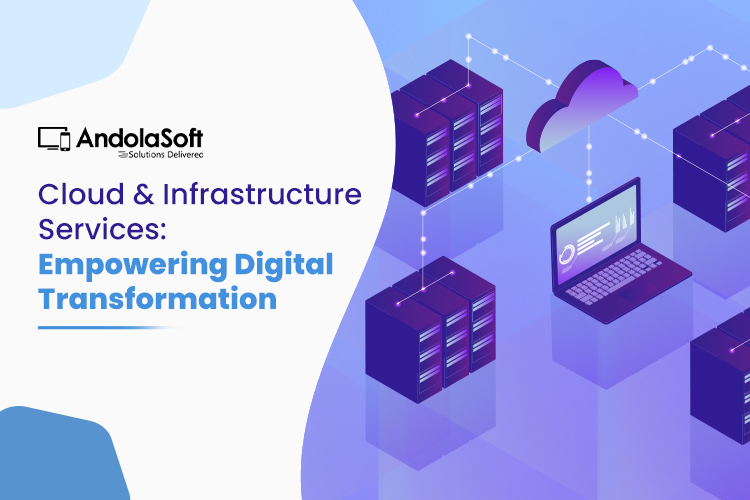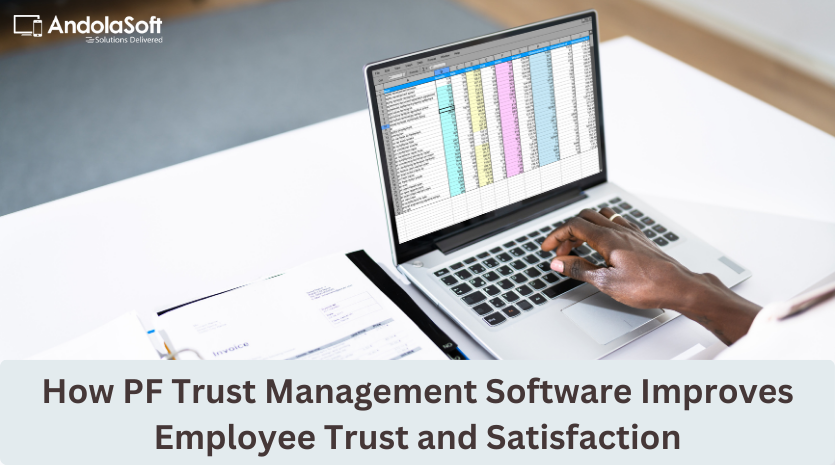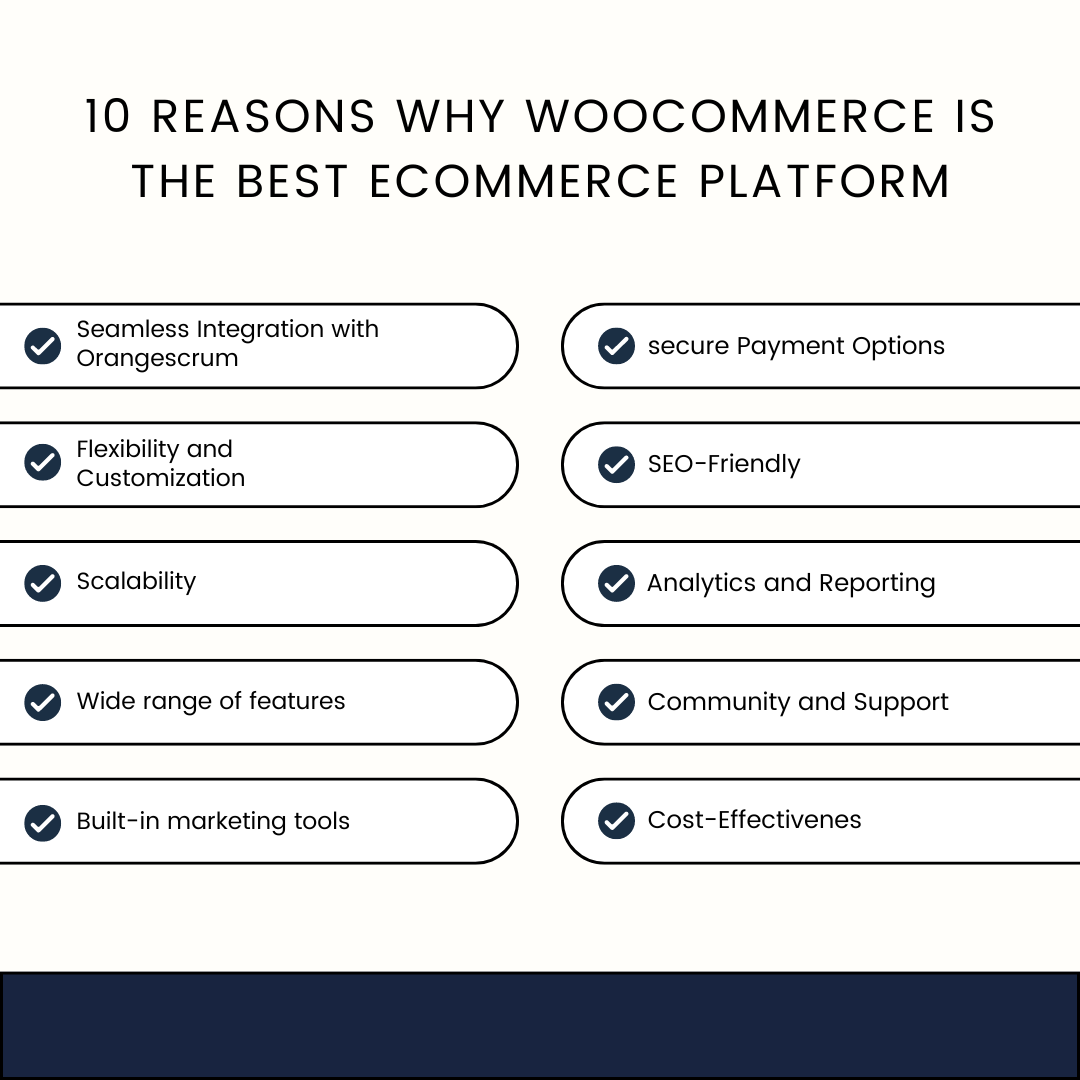What is AI ML and why does it matter to your business?

Machine learning is pivotal in driving social media platforms from personalizing news feeds to delivering user-specific ads. For example, Facebook’s auto-tagging feature employs image recognition to identify your friend’s face and tag them automatically. The social network uses ANN to recognize familiar faces in users’ contact lists and facilitates automated tagging.

With a heavy focus on research and education, you’ll find plenty of resources, including data sets, pre-trained models, and a textbook to help you get started. Many companies are deploying online chatbots, in which customers or clients don’t speak to humans, but instead interact with a machine. These algorithms use machine learning and natural language processing, with the bots learning from records of past conversations to come up with appropriate responses. In an artificial neural network, cells, or nodes, are connected, with each cell processing inputs and producing an output that is sent to other neurons. Labeled data moves through the nodes, or cells, with each cell performing a different function.
It’s normal for them to need lots of computational resources and extensive training times to achieve high-quality results. In comparison, ML models, depending on the specific algorithm and application, can vary in complexity and resource needs. Some ML models are relatively simple and efficient, while others, like deep learning models, can also demand significant computational power. A use case of machine learning for enhancing decision-making through predictive analytics can be seen in IBM’s Watson. IBM’s Watson leverages machine learning to analyze vast datasets, providing actionable insights and recommendations that help companies optimize operations, improve customer service, and drive innovation.
Artificial intelligence aims to provide machines with similar processing and analysis capabilities as humans, making AI a useful counterpart to people in everyday life. AI is able to interpret and sort data at scale, solve complicated problems and automate various tasks simultaneously, which can save time and fill in operational gaps missed by humans. In machine learning, GANs are used for data augmentation and anomaly detection, enhancing model robustness by generating synthetic data to balance training datasets.
Medical Diagnosis
Machine learning (ML) is a subdomain of artificial intelligence (AI) that focuses on developing systems that learn—or improve performance—based on the data they ingest. Artificial intelligence is a broad word that refers to systems or machines that resemble human intelligence. Machine learning and AI are frequently discussed together, and the terms are occasionally used interchangeably, although they do not signify the same thing. A crucial distinction is that, while all machine learning is AI, not all AI is machine learning. Transformer networks are a critical technology for both generative AI and advanced machine learning models, especially in natural language processing (NLP). The learning curve for implementing machine learning solutions is generally steep, which means that you’ll need a solid understanding of statistics, data science and algorithm development.
Essentially it works on a system of probability – based on data fed to it, it is able to make statements, decisions or predictions with a degree of certainty. The addition of a feedback loop enables “learning” – by sensing or being told whether its decisions are right or wrong, it modifies the approach it takes in the future. Reinforcement algorithms – which use reinforcement learning techniques– are considered a fourth category. They’re unique approach is based on rewarding desired behaviors and punishing undesired ones to direct the entity being trained using rewards and penalties. Machine learning is the core of some companies’ business models, like in the case of Netflix’s suggestions algorithm or Google’s search engine.

If you want to start out with PyTorch, there are easy-to-follow tutorials for both beginners and advanced coders. The ability of machines to find patterns in complex data is shaping the present and future. AI tools have helped predict how the virus will spread over time, and shaped how we control it. It’s also helped diagnose patients by analyzing lung CTs and detecting fevers using facial recognition, and identified patients at a higher risk of developing serious respiratory disease. One of the most common types of unsupervised learning is clustering, which consists of grouping similar data. This method is mostly used for exploratory analysis and can help you detect hidden patterns or trends.
PCA involves changing higher-dimensional data (e.g., 3D) to a smaller space (e.g., 2D). Firstly, the request sends data to the server, processed by a machine learning algorithm, before receiving a response. This approach has several advantages, such as lower latency, lower power consumption, reduced bandwidth usage, and ensuring user privacy simultaneously. This type of ML involves supervision, where machines are trained on labeled datasets and enabled to predict outputs based on the provided training.
AI, ML, DL, and Generative AI Face Off: A Comparative Analysis
FICO, the company that creates the well-known credit ratings used to determine creditworthiness, uses neural networks to predict fraudulent transactions. Factors that may affect the neural network’s final output include recent frequency of transactions, transaction size, and the kind of retailer involved. Machine learning models have become quite adaptive in continuously learning, which makes them increasingly accurate the longer they operate. ML algorithms combined with new computing technologies promote scalability and improve efficiency.
Artificial intelligence (AI) and machine learning are often used interchangeably, but machine learning is a subset of the broader category of AI. Shulman said executives tend to struggle with understanding where machine learning can actually add value to their company. What’s gimmicky for one company is core to another, and businesses should avoid trends and find business use cases that work for them. Instead of typing in queries, customers can now upload an image to show the computer exactly what they’re looking for. Machine learning will analyze the image (using layering) and will produce search results based on its findings.
All such devices monitor users’ health data to assess their health in real-time. Every industry vertical in this fast-paced digital world, benefits immensely from machine learning tech. Fueled by the massive amount of research by companies, universities and governments around the globe, machine learning is a rapidly moving target.
Google improved its translation service by replacing its statistical methods with deep learning methods. Microsoft successfully implemented a deep learning based speech recognition system which provided the similar accuracy as human transcribers. I always prefer to describe AI as https://chat.openai.com/ an umbrella term which covers everything in this world. AI is a research field in computer science that focuses on developing methods which can perform tasks that a human can accomplish. With machine learning, billions of users can efficiently engage on social media networks.
Predicting the value of a property in a specific neighborhood or the spread of COVID19 in a particular region are examples of regression problems. Generalized AIs – systems or devices which can in theory handle any task – are less common, but this is where some of the most exciting advancements are happening today. You can foun additiona information about ai customer service and artificial intelligence and NLP. Often referred to as a subset of AI, it’s really more accurate to think of it as the current state-of-the-art. As data volumes grow, computing power increases, Internet bandwidth expands and data scientists enhance their expertise, machine learning will only continue to drive greater and deeper efficiency at work and at home. There are four key steps you would follow when creating a machine learning model. By studying and experimenting with machine learning, programmers test the limits of how much they can improve the perception, cognition, and action of a computer system.
You can use your own algorithm or choose the relevant algorithms from an open source library like scikit-learn. Once you choose an algorithm, you can start testing different combinations of hyperparameters. In general, good data has consistent labels and can reflect the real inputs the model is expected to work with in production. If you are using interaction data, you also need to make sure it comes with context, including the action and outcome of the interaction. Deployment involves taking a prototype model in a development environment and scaling it out to serve real users. This may require running the model on more powerful hardware, enabling access to it via APIs, and allowing for updates and re-training of the model using new data.
Pinterest uses computer vision, an application of AI where computers are taught to “see,” in order to automatically identify objects in images (or “pins”) and then recommend visually similar pins. Other applications of machine learning at Pinterest include spam prevention, search and discovery, ad performance and monetization, and email marketing. In 1957, Frank Rosenblatt – at the Cornell Aeronautical Laboratory – combined Donald Hebb’s model of brain cell interaction with Arthur Samuel’s machine learning efforts and created the perceptron. The software, originally designed for the IBM 704, was installed in a custom-built machine called the Mark 1 perceptron, which had been constructed for image recognition.
Self-driving cars may remove the need for taxis and car-share programs, while manufacturers may easily replace human labor with machines, making people’s skills obsolete. Algorithms often play a part in the structure of artificial intelligence, where simple algorithms are used in simple applications, while more complex ones help frame strong artificial intelligence. For example, a maps app powered by an RNN can “remember” when traffic tends to get worse.
Limited memory AI has the ability to store previous data and predictions when gathering information and making decisions. Limited memory AI is created when a team continuously trains a model in how to analyze and utilize new data, or an AI environment is built so models can be automatically trained and renewed. In marketing, machine learning analyzes customer data to create targeted campaigns.
It encompasses a broad range of techniques and approaches aimed at enabling machines to perceive, reason, learn, and make decisions. Machine learning, Deep Learning, and Generative AI were born out of Artificial Intelligence. Artificial Intelligence (AI) is an evolving technology that tries to simulate human intelligence using machines. AI encompasses various subfields, including machine learning (ML) and deep learning, which allow systems to learn and adapt in novel ways from training data.
Some disadvantages include the potential for biased data, overfitting data, and lack of explainability. The three major building blocks of a system are the model, the parameters, and the learner. As technology continues to evolve, Machine Learning is expected to advance in exciting ways. ML is already being used in a wide variety of industries, and its adoption is only going to grow in the future. These are just a few examples of the many ways that ML is being used to make our lives easier, safer, and more enjoyable. As ML continues to develop, we can expect to see even more innovative and transformative applications in the years to come.
Such a proactive approach helps to mitigate risks and ensure secure transactions for millions of users worldwide. Machine learning makes use of deep learning and neural network techniques to generate content that is based on the patterns it observes in a wide array of other content. Although this content is classified as original, in reality generative AI uses machine learning and AI models to analyze and then replicate the earlier creativity of others. It taps into massive repositories of content and uses that information to mimic human creativity. Generative AI is a form of artificial intelligence designed to generate content such as text, images, video, and music. It uses large language models and algorithms to analyze patterns in datasets and mimic the style or structure of specific content types.
Business Intelligence and ReportingBusiness Intelligence and Reporting
By and large, machine learning is still relatively straightforward, with the majority of ML algorithms having only one or two “layers”—such as an input layer and an output layer—with few, if any, processing layers in between. Machine learning models are able to improve over time, but often need some human guidance and retraining. Although not all machine learning is statistically based, computational statistics is an important source of the field’s methods. Recommendation engines, for example, are used by e-commerce, social media and news organizations to suggest content based on a customer’s past behavior.
However, due to the complication of new systems and an inability of existing technologies to keep up, the second AI winter occurred and lasted until the mid-1990s. This paper set the stage for AI research and development, and was the first proposal of the Turing test, a method used to assess machine intelligence. The term “artificial intelligence” was coined in 1956 by computer scientist John McCartchy in an academic conference at Dartmouth College.
However, over time, attention moved to performing specific tasks, leading to deviations from biology. Artificial neural networks have been used on a variety of tasks, including computer vision, speech recognition, machine translation, social network filtering, playing board and video games and medical diagnosis. Semi-supervised learning falls between unsupervised learning (without any labeled training data) and supervised learning (with completely labeled training data). In 2022, deep learning will find applications in medical imaging, where doctors use image recognition to diagnose conditions with greater accuracy.
- Now, we have to define the description of each classification, that is wine and beer, in terms of the value of parameters for each type.
- The fundamental difference between supervised and unsupervised learning algorithms is how they deal with data.
- User comments are classified through sentiment analysis based on positive or negative scores.
- To mitigate these risks, ethical guidelines and verification mechanisms should be set up to ensure the responsible use of generative AI technologies.
NLP applications attempt to understand natural human communication, either written or spoken, and communicate in return with us using similar, natural language. ML is used here to help machines understand the vast nuances in human language, and to learn to respond in a way that a particular audience is likely to comprehend. Chat GPT As technology, and, importantly, our understanding of how our minds work, has progressed, our concept of what constitutes AI has changed. Rather than increasingly complex calculations, work in the field of AI concentrated on mimicking human decision making processes and carrying out tasks in ever more human ways.
If you search for a winter jacket, Google’s machine and deep learning will team up to discover patterns in images — sizes, colors, shapes, relevant brand titles — that display pertinent jackets that satisfy your query. There are two main categories in unsupervised learning; they are clustering – where the task is to find out the different groups in the data. And the next is Density Estimation – which tries to consolidate the distribution of data. Visualization and Projection may also be considered as unsupervised as they try to provide more insight into the data.
Each node in the tree represents a decision or a test on a particular feature, and the branches represent the outcomes of these decisions. Together, ML and symbolic AI form hybrid AI, an approach that helps AI understand language, not just data. With more insight into what was learned and why, this powerful approach is transforming how data is used across the enterprise. This step may involve cleaning the data (handling missing values, outliers), transforming the data (normalization, scaling), and splitting it into training and test sets. The energy sector is already using AI/ML to develop intelligent power plants, optimize consumption and costs, develop predictive maintenance models, optimize field operations and safety and improve energy trading.
That same year, Google develops Google Brain, which earns a reputation for the categorization capabilities of its deep neural networks. Frank Rosenblatt creates the first neural network for computers, known as the perceptron. This invention enables computers to reproduce human ways of thinking, forming original ideas on their own. Alan Turing jumpstarts the debate around whether computers possess artificial intelligence in what is known today as the Turing Test. The test consists of three terminals — a computer-operated one and two human-operated ones.
Convolutional neural networks (CNNs) are algorithms that work like the brain’s visual processing system. They can process images and detect objects by filtering a visual prompt and assessing components such as patterns, texture, shapes, and colors. Reinforcement learning is used to help machines master complex tasks that come with massive data sets, such as driving a car. For instance, a vehicle manufacturer uses reinforcement learning to teach a model to keep a car in its lane, detect a possible collision, pull over for emergency vehicles, and stop at red lights. The easiest way to think about AI, machine learning, deep learning and neural networks is to think of them as a series of AI systems from largest to smallest, each encompassing the next. Unsupervised machine learning holds the advantage of being able to work with unlabeled data.
Generative AI is used to augment but not replace the work of writers, graphic designers, artists, and musicians by producing fresh material. It is particularly useful in the business realm in areas like product descriptions, and can create many variations to existing designs. Here are some of its use cases, ranging from generative AI enterprise use cases to smaller scale implementations. Sonix automatically transcribes, translates, and helps you organize your audio and video files in over 40 languages. Data preparation, or data preprocessing, is the process of transforming raw data into usable information.
- This means that human labor is not required to make the dataset machine-readable, allowing much larger datasets to be worked on by the program.
- Deep learning is based on Artificial Neural Networks (ANN), a type of computer system that emulates the way the human brain works.
- According to a 2024 survey by Deloitte, 79% of respondents who are leaders in the AI industry, expect generative AI to transform their organizations by 2027.
The Internet of Things (IoT) has the potential to fall into the general pit of buzzword-vagueness. Artificial intelligence (AI) often falls into the same trap, particularly with the advent of new terms such as “machine learning,” “deep learning,” “genetic algorithms,” and more. That’s the premise behind upstarts like Wealthfront and Betterment, which attempt to automate the best practices of seasoned investors and offer them to customers at a much lower cost than traditional fund managers.
This makes neural networks useful for recognizing images, understanding human speech and translating words between languages. First, a massive amount of data is collected and applied to mathematical models, or algorithms, which use the information to recognize patterns and make predictions in a process known as training. Once algorithms have been trained, they are deployed within various applications, where they continuously learn from and adapt to new data. This allows AI systems to perform complex tasks like image recognition, language processing and data analysis with greater accuracy and efficiency over time. An ML algorithm is a set of mathematical processes or techniques by which an artificial intelligence (AI) system conducts its tasks. These tasks include gleaning important insights, patterns and predictions about the future from input data the algorithm is trained on.
The creation of intelligent assistants, personalized healthcare, and self-driving automobiles are some potential future uses for machine learning. Important global issues like poverty and climate change may be addressed via machine learning. The MINST handwritten digits data set can be seen as an example of classification task.

These interfaces are designed to help users interpret data insights and make informed decisions. Additionally, machine learning models assist in credit scoring and risk assessment, providing more accurate evaluations of financial profiles. It’s also not uncommon to find machine learning used to provide personalized investment advice that’s adapted to individual financial goals and risk tolerance.
Recurrent neural networks
Finally, it is essential to monitor the model’s performance in the production environment and perform maintenance tasks as required. This involves monitoring for data drift, retraining the model as needed, and updating the model as new data becomes available. Once the model is trained and tuned, it can be deployed in a production environment to make predictions ml meaning in technology on new data. This step requires integrating the model into an existing software system or creating a new system for the model. Once trained, the model is evaluated using the test data to assess its performance. Metrics such as accuracy, precision, recall, or mean squared error are used to evaluate how well the model generalizes to new, unseen data.
Artificial Intelligence – Shell Global
Artificial Intelligence.
Posted: Thu, 29 Feb 2024 10:12:25 GMT [source]
Machine learning uses a massive amount of structured and semi-structured data so that a machine learning model can generate accurate result or give predictions based on that data. Machine learning is an algorithm that enables computers and software to learn patterns and relationships using training data. A ML model will continue to improve over time by learning from the historical data it obtains by interacting with users. To keep up with the pace of consumer expectations, companies are relying more heavily on machine learning algorithms to make things easier. You can see its application in social media (through object recognition in photos) or in talking directly to devices (like Alexa or Siri).

These computer programs take into account a loan seeker’s past credit history, along with thousands of other data points like cell phone and rent payments, to deem the risk of the lending company. By taking other data points into account, lenders can offer loans to a much wider array of individuals who couldn’t get loans with traditional methods. A technology that enables a machine to stimulate human behavior to help in solving complex problems is known as Artificial Intelligence. Machine Learning is a subset of AI and allows machines to learn from past data and provide an accurate output. It also helps in making better trading decisions with the help of algorithms that can analyze thousands of data sources simultaneously. The most common application in our day to day activities is the virtual personal assistants like Siri and Alexa.

While machine learning is probabilistic (output can be explained, thereby ruling out the black box nature of AI), deep learning is deterministic. Monkeylearn is an easy-to-use SaaS platform that allows you to create machine learning models to perform text analysis tasks like topic classification, sentiment analysis, keyword extraction, and more. While artificial intelligence and machine learning are often used interchangeably, they are two different concepts. For example, the algorithm can identify customer segments who possess similar attributes. Customers within these segments can then be targeted by similar marketing campaigns. Popular techniques used in unsupervised learning include nearest-neighbor mapping, self-organizing maps, singular value decomposition and k-means clustering.
“It may not only be more efficient and less costly to have an algorithm do this, but sometimes humans just literally are not able to do it,” he said. The retail industry relies on machine learning for its ability to optimize sales and gather data on individualized shopping preferences. Machine learning offers retailers and online stores the ability to make purchase suggestions based on a user’s clicks, likes and past purchases. Once customers feel like retailers understand their needs, they are less likely to stray away from that company and will purchase more items.
Together, ML and DL can power AI-driven tools that push the boundaries of innovation. If you intend to use only one, it’s essential to understand the differences in how they work. Read on to discover why these two concepts are dominating conversations about AI and how businesses can leverage them for success. Machine Learning (ML) has proven to be one of the most game-changing technological advancements of the past decade. In the increasingly competitive corporate world, ML is enabling companies to fast-track digital transformation and move into an age of automation.
Explicitly programming means telling the computers what to do by providing exact rules. If you are responsible to write a software, you can’t leave a vague area, you need to give precise commands. Let’s say you are responsible to implement a software system for a robotic arm and you want it to move items from one bucket to another bucket. You have to provide the exact coordinates of the items so the robotic arm can go there and then you have to provide the exact details of the pressure so the robotic arm can handle it. And then, you have to provide the exact details of the destination coordinates so the robotic arm can move to that specific coordinate, and lastly, you have to provide information to release the item. The goal of machine learning is to complete those tasks without being explicitly programming.
It needs to be automatically processed, cleaned and prepared to suit the data format and other requirements of the model. Machine learning engineers manage the entire data science pipeline, including sourcing and preparing data, building and training models, and deploying models to production. Artificial intelligence and machine learning are the part of computer science that are correlated with each other. These two technologies are the most trending technologies which are used for creating intelligent systems. Many are concerned with how artificial intelligence may affect human employment. With many industries looking to automate certain jobs with intelligent machinery, there is a concern that employees would be pushed out of the workforce.





